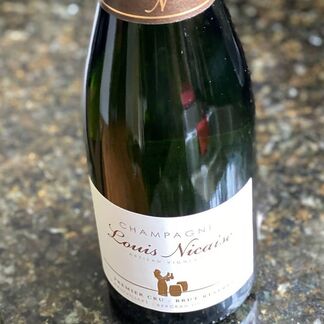
What is Champagne?
Basically Champagne is a place and a type of sparkling wine. That is the simplest definition. It is also a method of making sparkling wine that is distinct. You will see it referred to as méthode champenoise or méthode traditionnelle (aka traditional method). There are other terms but we don't need to get bogged down in that. Champagne producers can get snippy if non-Champagne producers call it méthode champenoise. If it isn't FROM Champagne? It isn't Champagne.
Yet sometimes you will see bottles that say "California Champagne." Why? Because when all this was agreed to there was a grandfather clause. Most producers stopped using the term even when they were allowed. Others (I'm looking at you Korbel and Andre!) continue to use "Champagne" on their label.
Chardonnay, pinot noir and pinot meunier are the three main grapes used in Champagne. People are, occasionally, surprised by this, especially those who decided all chardonnay is bad (as an aside...chardonnay produces some of the greatest white wine in the world). The other grapes allowed are arbane, petit meslier, pinot blanc and pinot gris. Occasionally there are producers who use the last four but they make up a tiny portion of plantings in the region.
There is, among some folks, a notion that the rules and place where Champagne can be made are some ancient tradition. They are in fact not 100 years old. Also, the boundaries of Champagne have been changed with in the last 15 years. This realignment is changing what was originally codified on June 29, 1936. Hardly an ancient tradition.
NOW, this is a quite basic sketch of what Champagne is. I wanted to make it even more succinct but didn't! You can read more at www.champagne.fr/en/homepage.
Basically Champagne is a place and a type of sparkling wine. That is the simplest definition. It is also a method of making sparkling wine that is distinct. You will see it referred to as méthode champenoise or méthode traditionnelle (aka traditional method). There are other terms but we don't need to get bogged down in that. Champagne producers can get snippy if non-Champagne producers call it méthode champenoise. If it isn't FROM Champagne? It isn't Champagne.
Yet sometimes you will see bottles that say "California Champagne." Why? Because when all this was agreed to there was a grandfather clause. Most producers stopped using the term even when they were allowed. Others (I'm looking at you Korbel and Andre!) continue to use "Champagne" on their label.
Chardonnay, pinot noir and pinot meunier are the three main grapes used in Champagne. People are, occasionally, surprised by this, especially those who decided all chardonnay is bad (as an aside...chardonnay produces some of the greatest white wine in the world). The other grapes allowed are arbane, petit meslier, pinot blanc and pinot gris. Occasionally there are producers who use the last four but they make up a tiny portion of plantings in the region.
There is, among some folks, a notion that the rules and place where Champagne can be made are some ancient tradition. They are in fact not 100 years old. Also, the boundaries of Champagne have been changed with in the last 15 years. This realignment is changing what was originally codified on June 29, 1936. Hardly an ancient tradition.
NOW, this is a quite basic sketch of what Champagne is. I wanted to make it even more succinct but didn't! You can read more at www.champagne.fr/en/homepage.
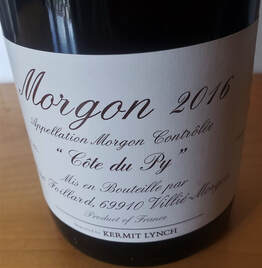
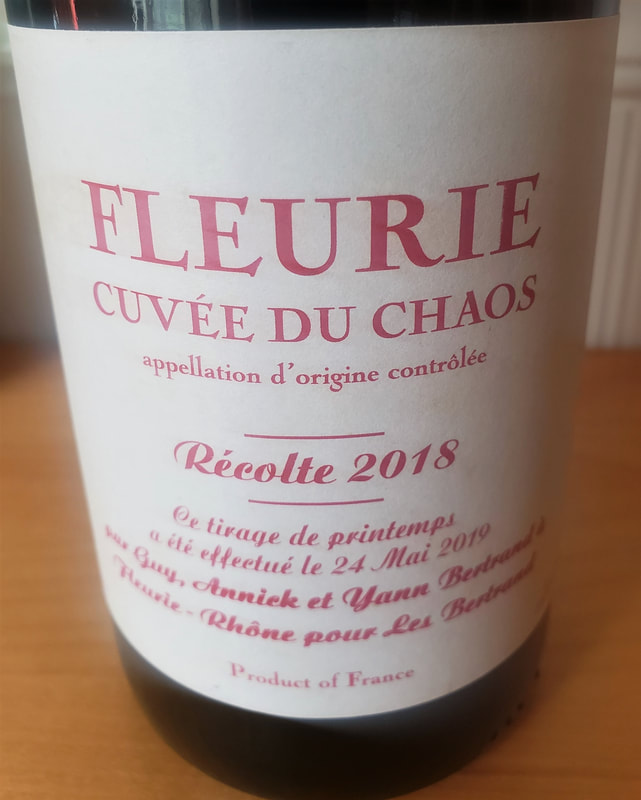
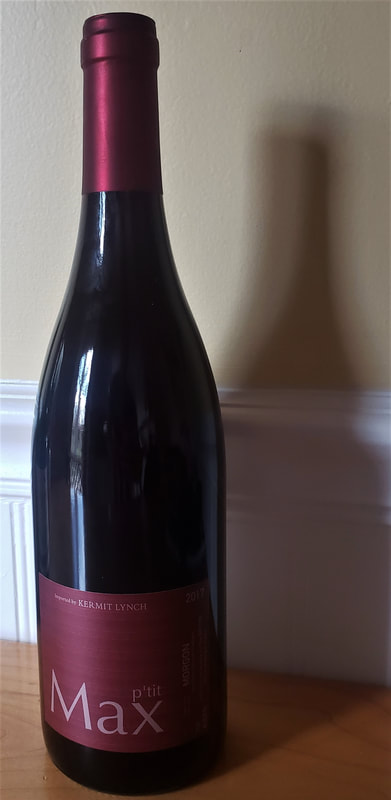
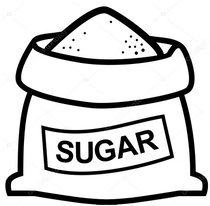
 RSS Feed
RSS Feed